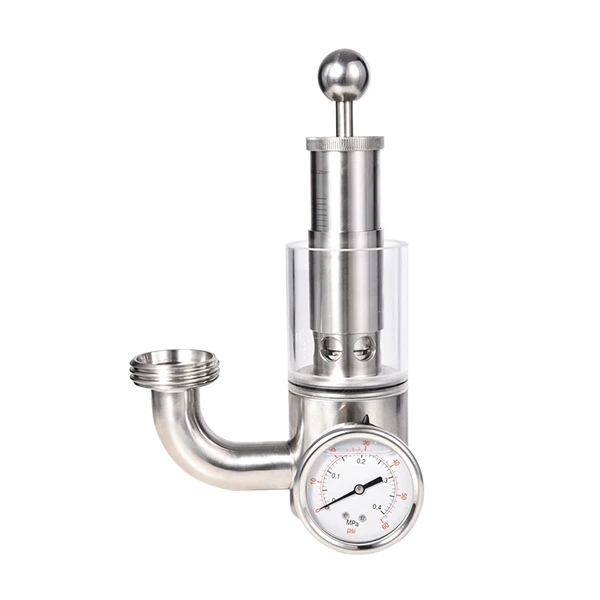What Should We Pay Attention To When Processing Stainless Steel Elbows?
What should be paid attention to when processing Sanitary Valve? Stainless steel elbows are steels that are resistant to corrosion by weak corrosive media such as air, steam, and water, and chemically corrosive media such as acids, alkalis, and salts. In practical applications, steels that are resistant to corrosion by weak corrosive media are often called stainless steel elbows, while steels that are resistant to corrosion by chemical media are called acid-resistant steels.
Stainless steel elbows do not produce erosion, pitting, rust, or wear. Stainless steel is still one of the strongest materials in metal materials used in construction. Because stainless steel has good corrosion resistance, it can keep the integrity of the engineering design of structural components. Chromium-containing stainless steel stamping elbows also combine mechanical strength and high elongation, and are easy to process and manufacture components, which can meet the needs of architects and structural designers. All metals react with oxygen in the atmosphere to form an oxide film on the surface. The iron oxide formed on ordinary carbon steel continues to oxidize, causing the rust to continue to expand and form holes.
The stainless steel elbow mold is actually a press, which requires a set of molds, two semicircular arcs, one on the upper and lower sides. The outer diameter after shaping reaches the size requirements of the finished product. The wall thickness is controlled by the wall thickness of the incoming material. The wall thickness tolerance of elbows and pipes is the same, both ±12.5%. In addition to chromium, commonly used alloying elements include nickel, molybdenum, titanium, niobium, copper, nitrogen, etc., to meet the requirements of various uses for the organization and performance of stainless steel stamping elbows.
